Letter from America
Los Angeles – city of freeways, studios, hotels, and endless sunshine – is also home to some great art collections and notable architecture, the latter spanning much of the twentieth century. Several of the art museums, taking advantage of the climate, are built as a series of separate pavilions, creating a most congenial experience for visitors.
The best way to see LA's museums, architecture, and famous signage is to hire a car: the distances to be covered are vast and the destinations are spread right across this huge city. Driving around also gives a good sense of the geography of the LA basin. For the less intrepid, the public transport network is extensive. Buses can be slow, and the subway is often much faster than a car: it took no time to get to Frank Lloyd Wright's newly reopened Hollyhock House in Barnsdall Park from Downton LA, where Arts Update was staying. Hollyhock House was built between 1919 and 1921 and was Frank Lloyd Wright's first LA commission. As with many of his projects, architect and client fell out. Aline Barnsdall did not like the house, never lived there, and in 1927 donated it to the City of Los Angeles. Much restored, it is now open as a house museum and is essential visiting for an understanding of Wright's ingenious use of space, decorative motifs, and the relationship between architecture and the climate.
Continue reading for only $10 per month. Subscribe and gain full access to Australian Book Review. Already a subscriber? Sign in. If you need assistance, feel free to contact us.



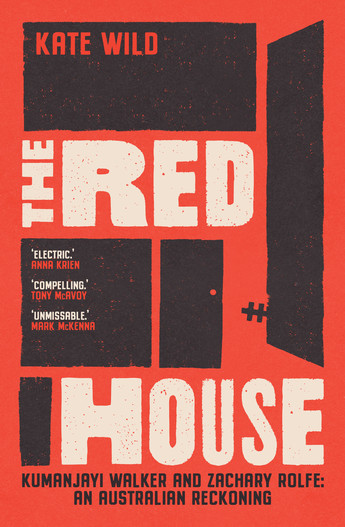

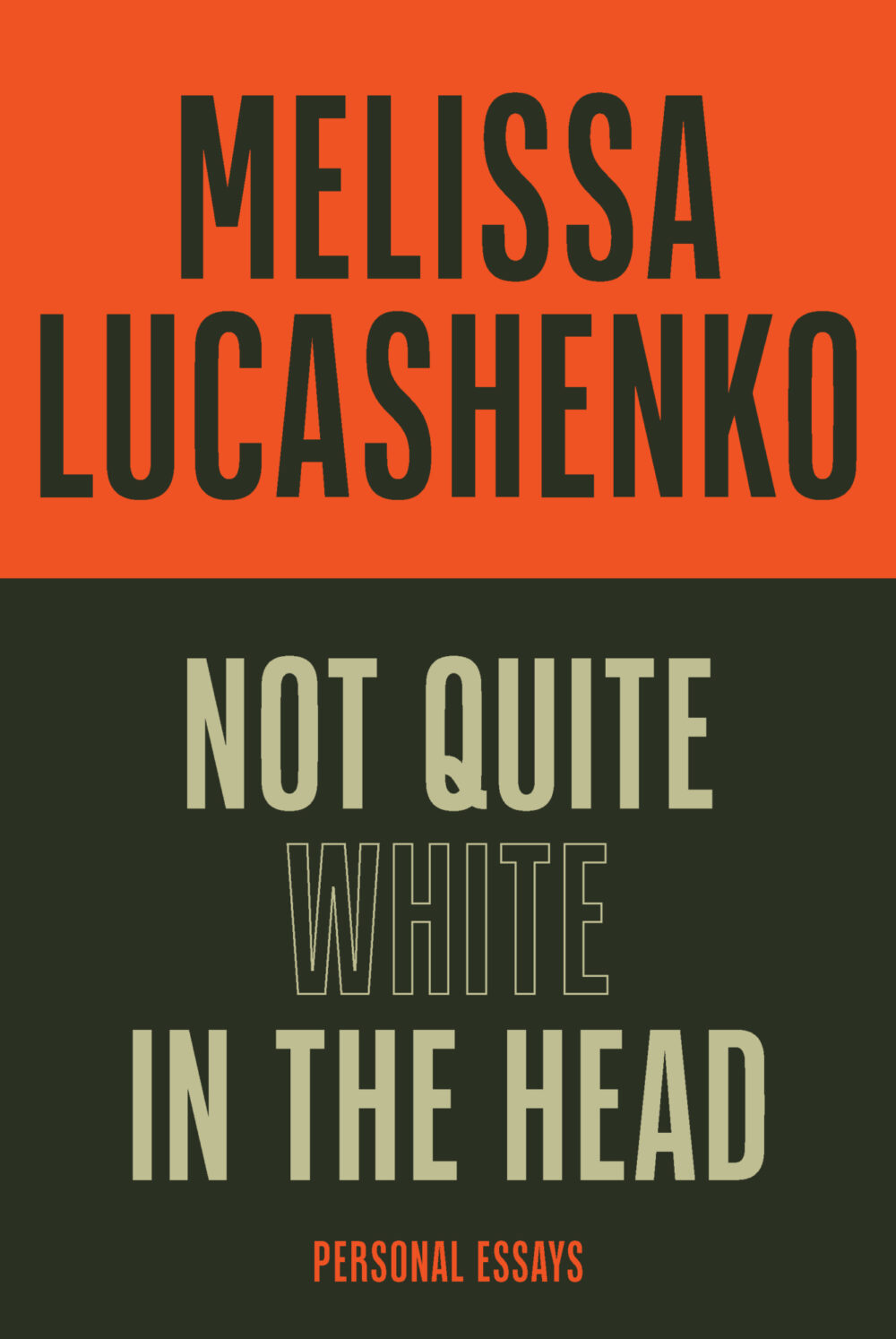
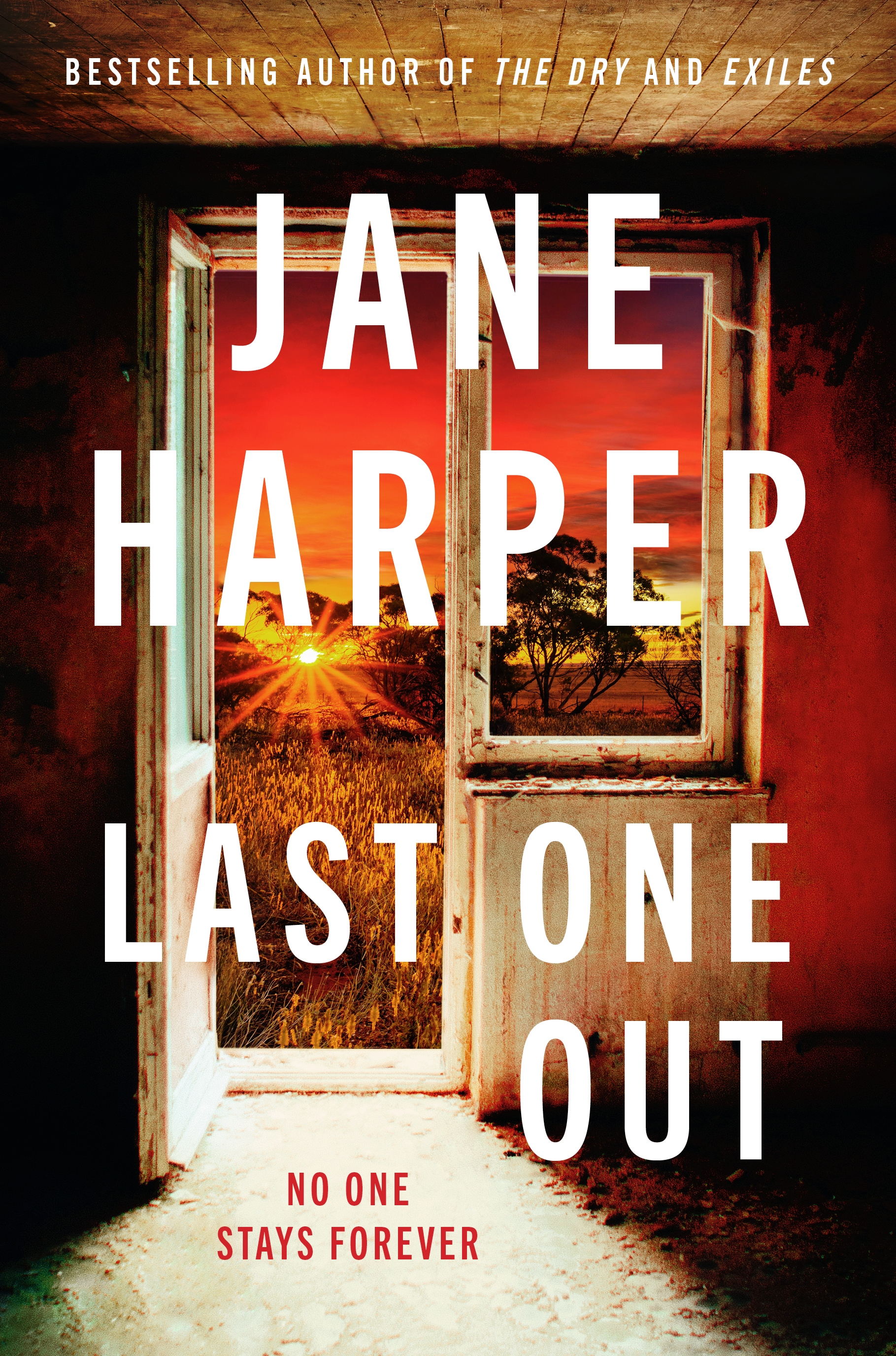
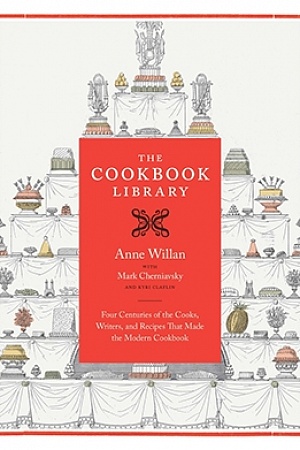
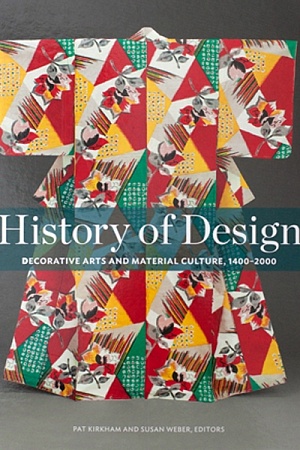
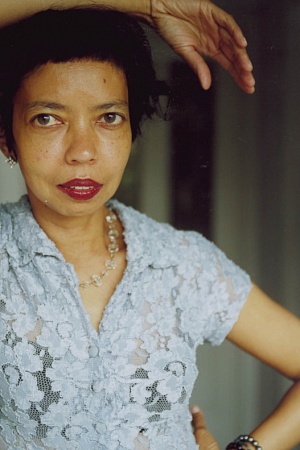
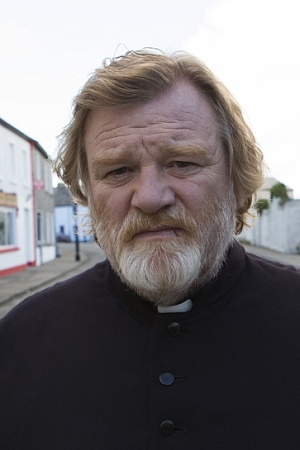
Leave a comment
If you are an ABR subscriber, you will need to sign in to post a comment.
If you have forgotten your sign in details, or if you receive an error message when trying to submit your comment, please email your comment (and the name of the article to which it relates) to ABR Comments. We will review your comment and, subject to approval, we will post it under your name.
Please note that all comments must be approved by ABR and comply with our Terms & Conditions.